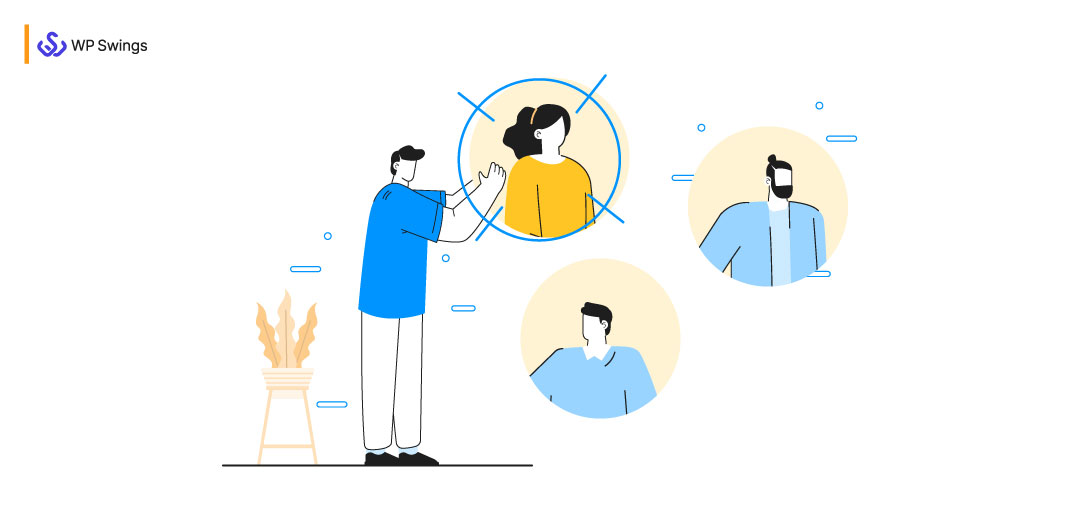
“Customers’ challenges and concerns are 60% more likely to be understood by companies that segment their customers.”
The saying “Every shoe fits none” perfectly applies to customer segmentation. It’s a multi-layered approach that helps businesses understand customers’ preferences, behavior, demographics, financial capacity, and more.
Effective customer segmentation models not only improve marketing strategies but also reduces ad costs—helping you save money.
In fact, 77% of returns come from targeted campaigns powered by customer segmentation models.
Simply put, it allows you to focus on the right audience and build marketing strategies that truly connect with them.
In this article, we will learn what is client segmentation, what are its benefits, and some of the best real-life examples of customer segmentation.
Table Of Contents
What Is Customer Segmentation?
Every customer journey is different…
And so are the marketing strategies to convince them to buy.
The customer segmentation process refers to audience segmentation and targeting.
To clarify, the whole concept is about the skillful categorization of the target audience and loyal customers.
By categorization, I mean:
Dividing customers into various customer segments and creating targeted marketing campaigns.
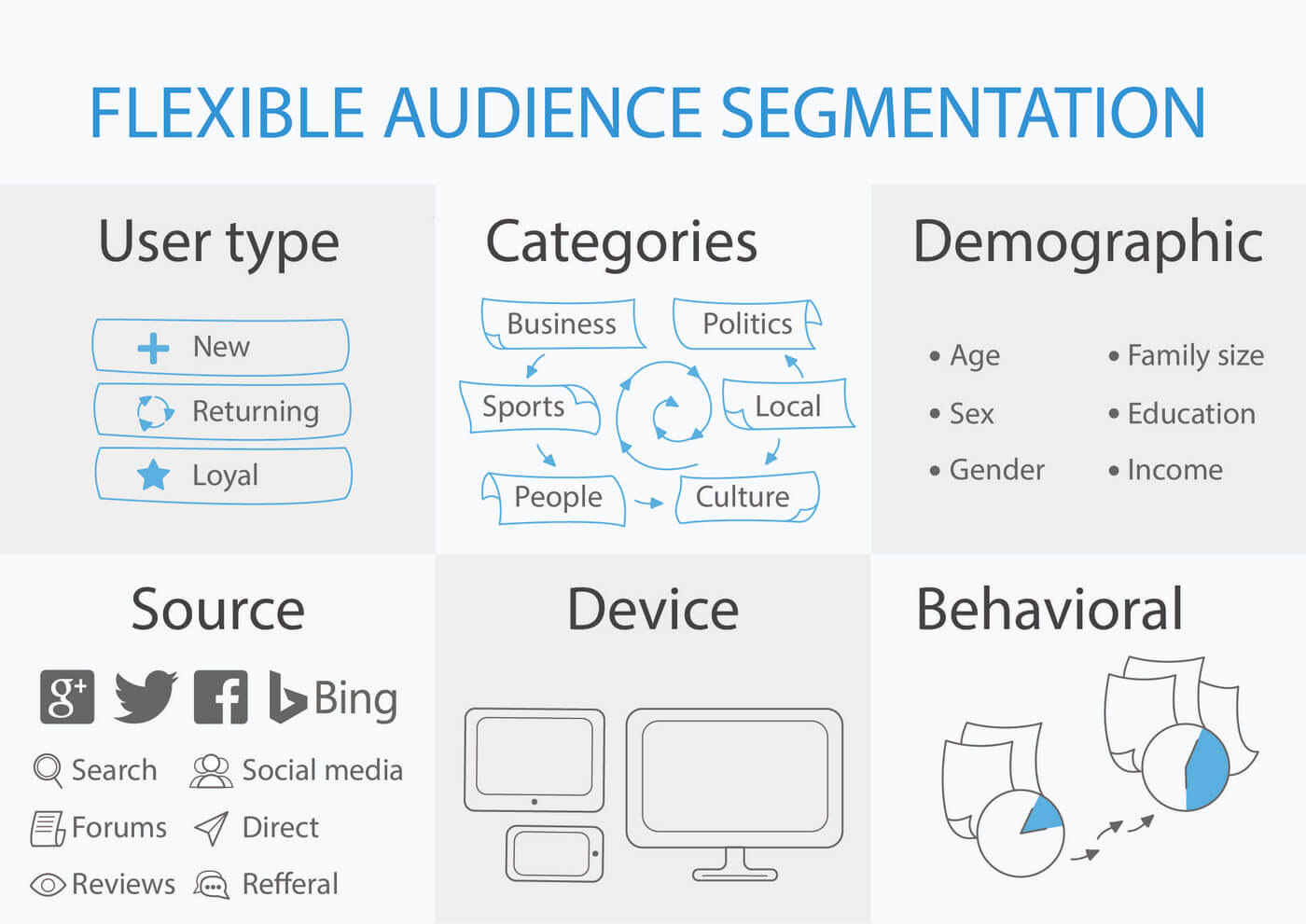
Source: KDnuggets
Customer segmentation begins with understanding the specific requirements of a customer. Then, compare them against metrics like demographics, budgets, needs, etc.
Lastly, divide your customers into categories based on the decided metrics.
Grouping in customer segments helps mindfully organize your marketing resources. It makes communication with the marketing team highly efficient and, helps in scaling revenue and retention.
We often talk about multiple types of customer segmentation (usually metrics-based categories).
However, there are three most crucial, yet basic forms of consumer segmentation. They are –
- Post Hoc: It refers to categorizing customers sharing similar characteristics, interests, and demographics. Post Hoc is one of the most frequently used segmentation forms.
- Needs-based: Every customer is different and so are their requirements. Need-based customer segmentation is done based on reasons for purchasing a product.
- Value-based: Here value doesn’t concern the customers’ perspective. By value, I mean the returns your business makes. It can include either regularity, monetary, or loyalty values. And, categorizing customers based on the value brought is called value-based consumer segmentation.
Automate Customer Segmentation With Mautic
Types of Customer Segments In Marketing
“Segmentation” is in itself a whole concept that brings a division of areas, functions & ideas. This gets segregated in the context of customers as –
- Demographic Segmentation (age, gender, religion, sect, family size, family size, and more)
- Geographic Segmentation (location, cultural preferences, timezone, language)
- Psychographic Segmentation (social class, lifestyle)
- Behavior Segmentation (spending, consumption, habits, and more)
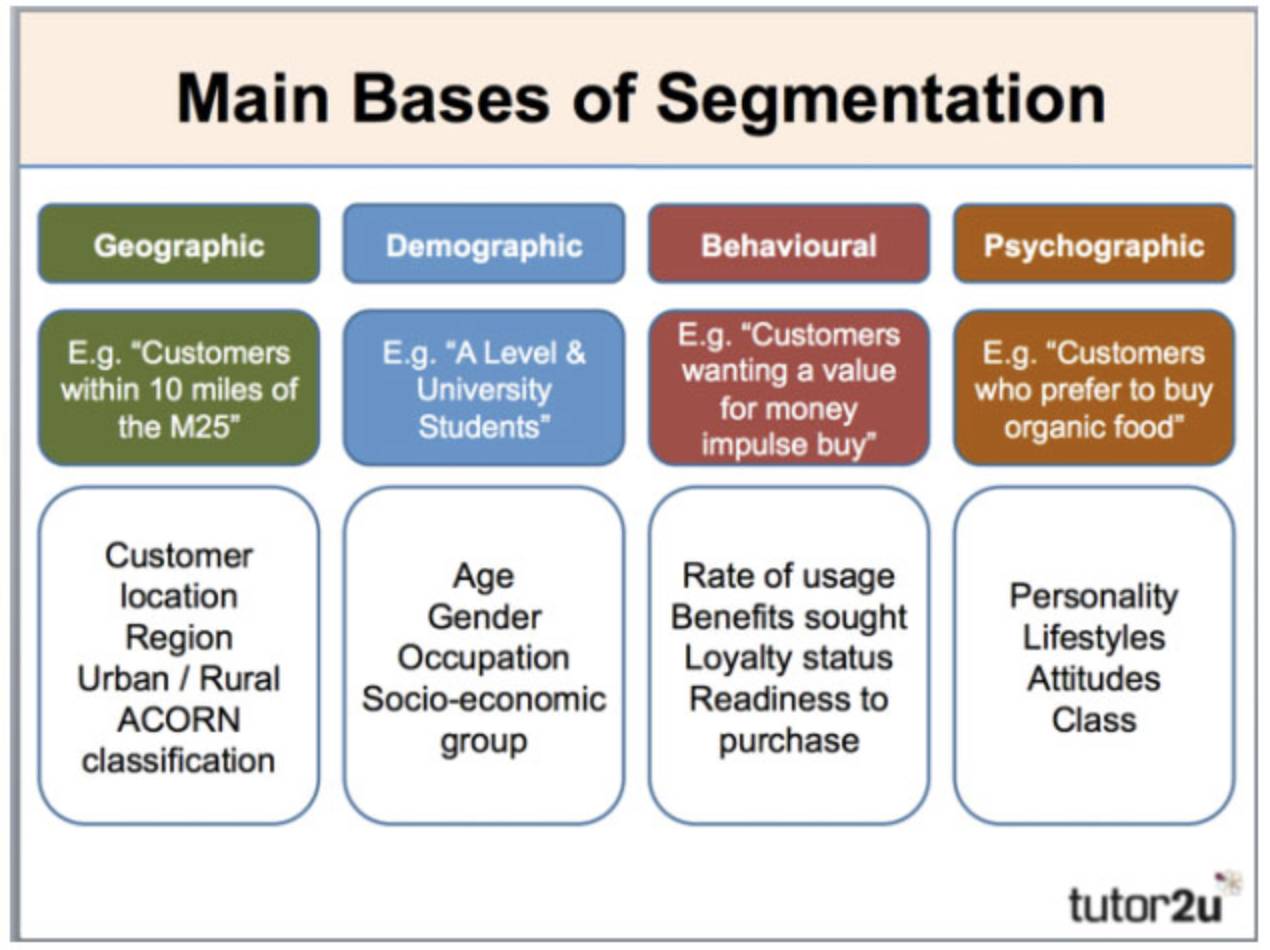
Source: GetFeedbacks
1. Demographic
Demographic Segmentation as discussed earlier focuses on demographic data and divides customers into groups based on major circumstances which include age, gender, religion, sect, family size, family size, and more.
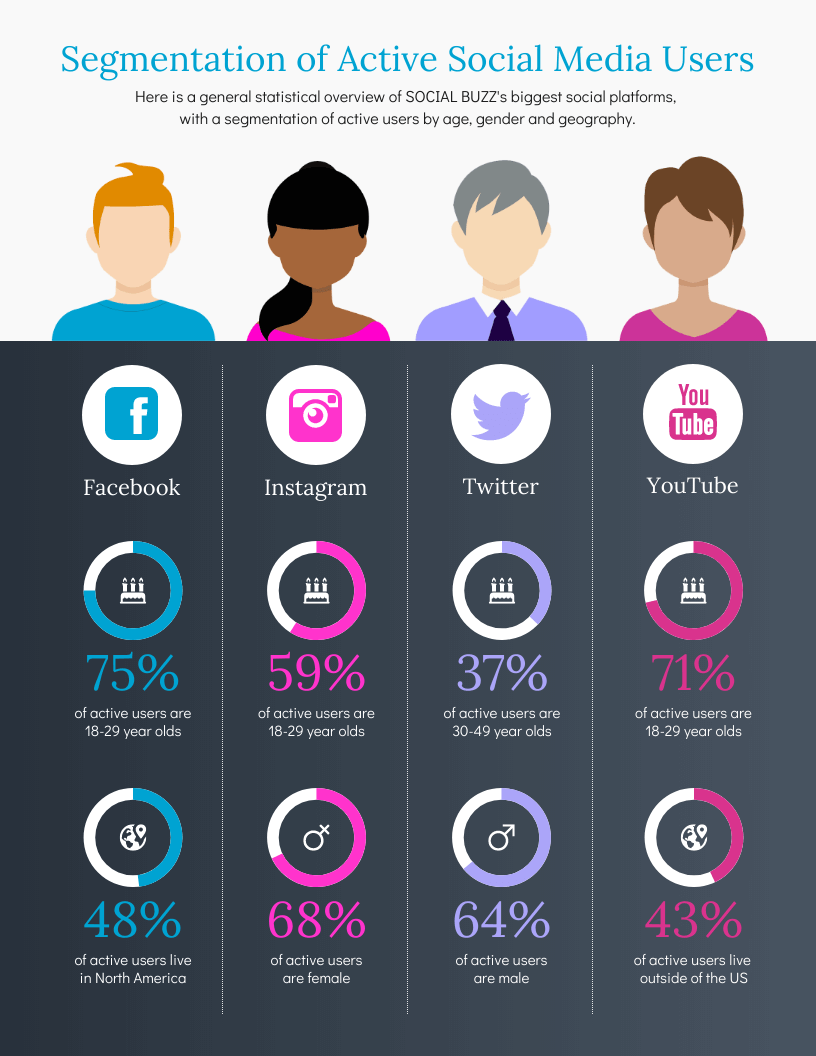
Source: Venngage
If you are an eCommerce store owner or in the eCommerce industry you can greatly benefit from demographic segmentation.
“10% to 15% more revenue is generated by businesses that tailor their offerings to customer segments than by those that do not.”
For instance, an eCommerce store which is an established skin care brand may segment by age for people’s unique skin care needs of their younger and older customers.
With Demographic segmentation, you can build stronger customer relationships and drive growth.
2. Geographic
Geographic Segmentation divides a market based on multiple streamlines of data including location, cultural preferences, timezone, language, and more.
By segmenting the market geographically you can understand the market better and meet the requirements of your customers in different areas.
This type of segmentation is helpful when you have products that vary in demand based on location and specific factors such as culture, climate, or language
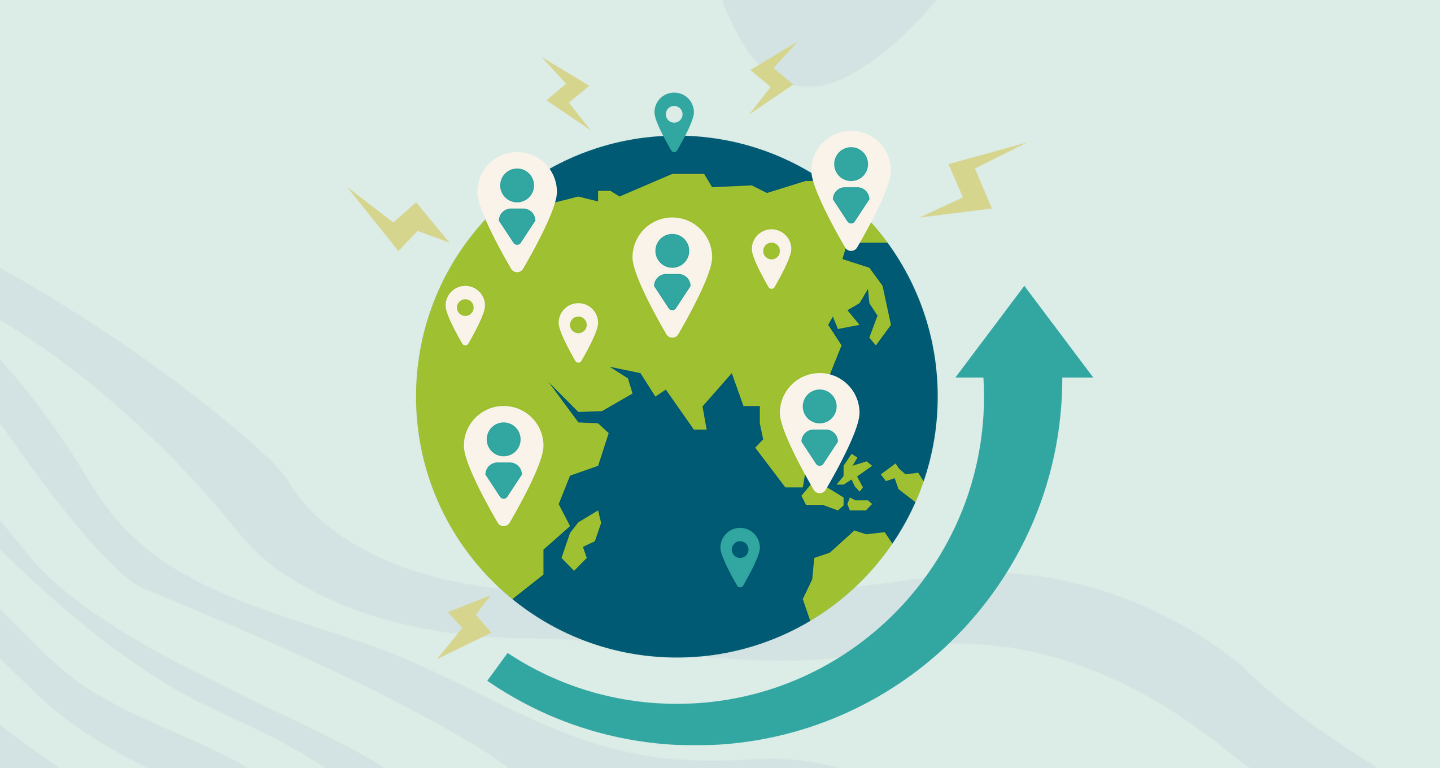
For example, An ice cream company targets customer segments a country by how hot or cold different regions are and targets those areas for promotion that are hottest and therefore more likely to buy ice cream.
Geographic Segmentation can be more effective in marketing campaigns allowing you to allocate your resources better and increment in sales.
It can also help you tap into untapped markets in other locations allowing you to explore and grow your business
3. Psychographic Segmentation
Psychographic segmentation is a savvy term that includes diving deep into your audience’s minds including personality traits, attitude, values, interests, social class, and lifestyle)
This segmentation can be useful for businesses that offer multiple services.
For instance, if you have a digital marketing agency that provides multiple services like Search engine optimization (SEO), Content Strategy Building, Content Marketing, etc.
You can gather the data and by psychographic segmentation, you can tailor your content according to your audience’s lifestyles, values, and interests this can be helpful for you to understand what your audiences like so you can provide them the best experience and grow your business
4. Behavior Segmentation
Behavior segmentation is about customer’s behavior towards your brand. This type of segmentation includes data points like your customer’s spending, consumption habits, how frequently they are shopping with your brand e.t.c
For example, if your customer’s buying habits are impulsive then you can create a limited-time promotion which can trigger their impulses allowing them to purchase more in a hurry.
This can create FOMO fear of missing out and can act as a great marketing strategy that targets your impulsive customers.
Other than the types of customer segmentation mentioned above, there is one more crucial metric that is now overly used for consumer segmentation – Sociographics or Social Media.
The social media platforms account for the huge crowd of your customer base. As said earlier, all customers have their choice of social interaction and are not subject to a single platform.
Not Sure How To Identify Your Ideal Audience? Here are Some Tips
Customer Segmentation Benefits
As already discussed above, client segmentation techniques help you to categorize your customers into various customer segments based on different criteria that you decide.
It eventually helps you to connect your customers better by targeting them with their demands and requirements.
Some of the customer segment benefits are listed below
1. More Customer Retention
A conventional marketer will always prioritize its existing customers more than new customers. Why?
About 75% of satisfied customers are more likely to remain with an organization that regularly meets their needs.
Because it is easier to connect and understand the existing customers and also because they add value to your business’s image.
A loyal customer always is your advocate among the vast crowd. Hence, retaining valued customers will make your business stand stronger for longer.
Segmenting customers based on their value will help you retain them easily with the targeted strategies and campaigns.
Also Read: Best Customer Retention Strategies
2. Enhances Competitiveness
The more customers are retained, the more revenue generation. And all of this will enhance your competitiveness in the market. How?
Segmenting the customers helps you in targeting a specific audience for the campaign consequently, saving you from bugging all your customers. As a result, your customers will be more inclined towards your marketing efforts.
This will eventually give your marketing campaigns a better response than expected and enhance your competitive spirit in the market as well.
3. Establishes Brand Identity
By segmenting your customers, you can make them well aware of your brand. Identifying your brand will help your customers to directly engage with your products.
This will increase your goodwill in the market & a brand value will be established among your other competitors.
Also Read: Successful eCommerce Branding Strategies
4. Better Customer RelationshipB
Better client segmentation will lead to developing a better relationship with your prospective customers. This will allow for developing a better relationship with your client base.
Communicate with your customers on their queries & requests. Regular communication will keep you updated about the upcoming changes & opportunities to be availed.
5. Leads To Price Optimization
Segmenting the customers based on their expenditure will help you in analyzing their spending limits. As a result, you can price your products in a way that fits your customers’ budgets.
On a bigger scale, financial customer segmentation analysis saves you from losing customers because your products are too pricey. This case can be vice-versa too, i.e., pricing too low will make your customers doubt the quality of your products and services.
Thus, it is correctly said that:
Price optimization can make or break your business forever.
Try to understand the social and financial status of your customers. This data will assist you to pace up with the price optimization accordingly.
6. Best Economies Of Scale
Client Segmentation helps in better allocation of resources which gives you a better return on investment and eventually helps you gain economies of scale.
Economies of scale mean when you can achieve your desired goal and that too at the most efficient cost.
This can be done through consumer segmentation. Therefore, try to focus on a limited number of resources that will help to serve with resources.
7. Improves Channel Of Distribution
Customer segmentation will improve your channel of distribution. By knowing the right number of customers you can direct the right channel of distribution.
This will remove confusion among your team members about whom they have to deliver the product & at what time.
You will be able to choose a precise channel of distribution & that too at minimal cost which eventually serves the best needs of your customers.
8. Increases Marketing Efficiency
Client segmentation allows businesses to create highly targeted marketing campaigns, ensuring that the right message reaches the right audience.
This precision reduces wasted marketing efforts and improves conversion rates. Tailored campaigns resonate more with customers, leading to better engagement and higher returns on marketing investments.
9. Encourages Product Development
After understanding the unique needs and preferences of different customer segments, businesses can develop or improve products and services that directly address those demands. This insight-driven product development helps in launching offerings that are more likely to succeed in the market, keeping the business ahead of competitors.
10. Boosts Customer Lifetime Value (CLV)
Focusing on segmented groups enables businesses to nurture long-term relationships with customers through personalized offers, loyalty programs, and relevant communication. This personalized attention increases repeat purchases and boosts the overall lifetime value of customers, driving consistent revenue growth.
Customer Segmentation Examples In Action
Here are some of the real-life customer segmentation examples, let’s see them in detail.
1. Amazon – Hyper-Personalized Shopping Experience
Amazon uses advanced customer segmentation to analyze browsing history, purchase behavior, and search patterns.
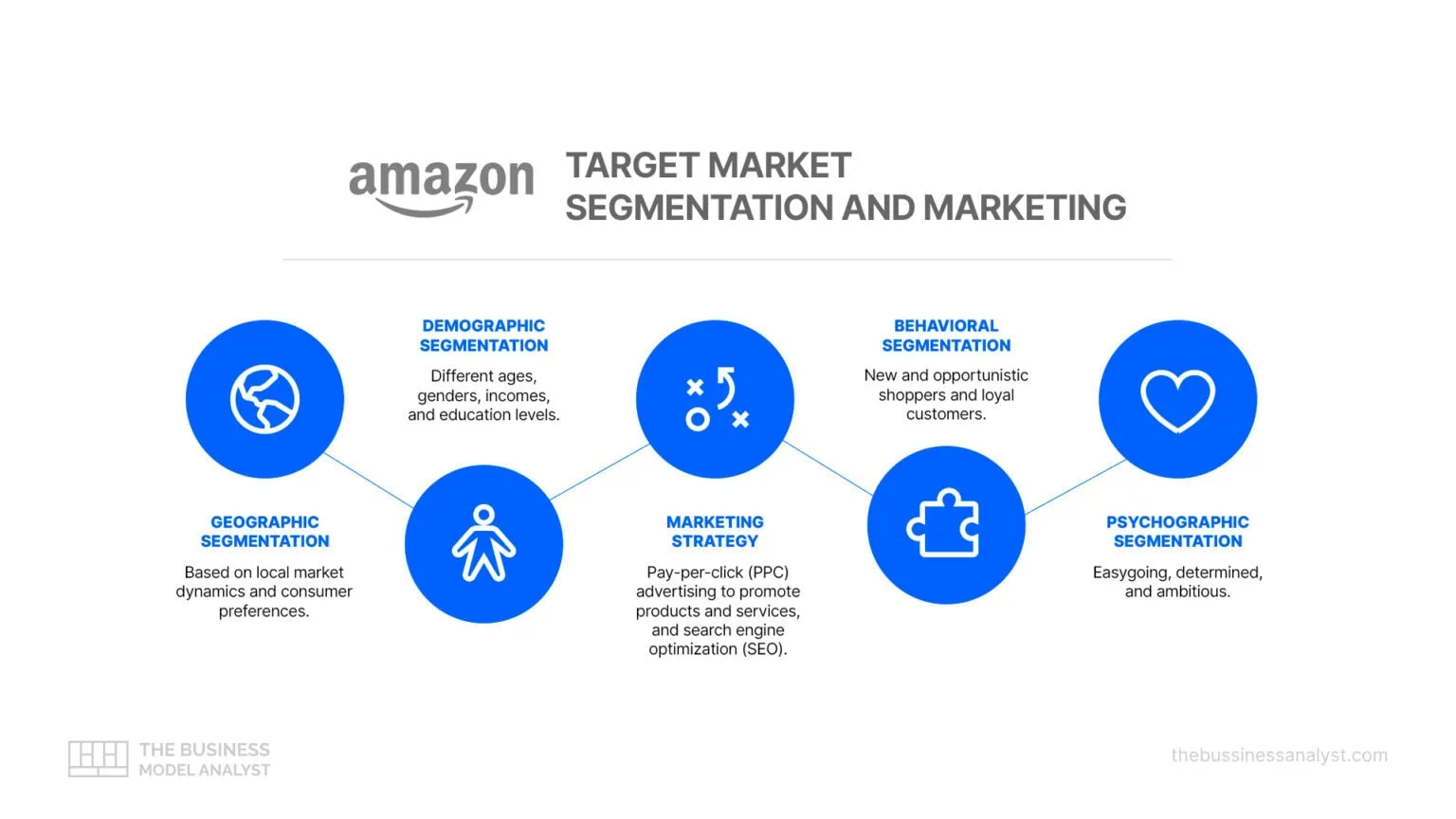
Source: Business Model Analyst
This allows them to recommend products that match individual preferences. For example, if a user frequently shops for fitness equipment, Amazon will suggest related products like workout gear or supplements.
This strategy drives cross-selling and upselling, contributing to 35% of Amazon’s total revenue through personalized product recommendations.
2. Nike – Location-Based Marketing
Nike does customer segments based on their geographical location and local trends to offer region-specific promotions and product launches.
For example, Nike releases limited-edition sneakers exclusively in sneaker hubs like New York or Tokyo and promotes seasonal products based on local weather conditions.
This approach creates a sense of exclusivity and relevance, encouraging more sales and increasing customer engagement in targeted regions.
3. Sephora – Tiered Loyalty Program (Beauty Insider)
Sephora segments customers through its Beauty Insider loyalty program, dividing them into tiers—Insider, VIB, and Rouge—based on annual spending. Higher-tier customers receive exclusive perks like early access to sales, free gifts, and invites to special events.
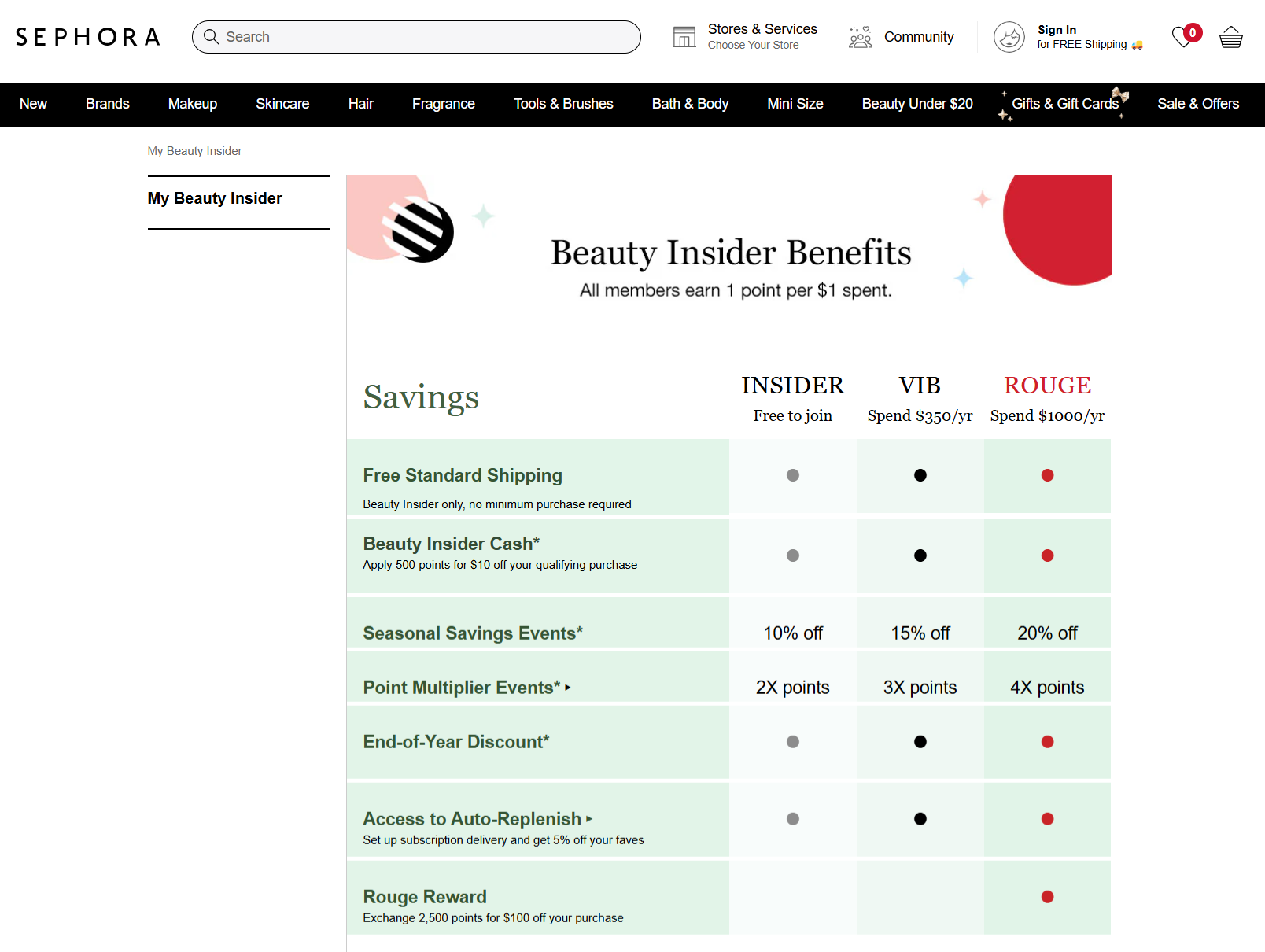
This segmentation not only incentivizes customers to spend more but also strengthens brand loyalty, with 70% of Sephora’s sales coming from repeat customers.
Create A Loyalty Program With Our Points and Rewards Plugin
4. ASOS – Behavioral Email Marketing
ASOS effectively uses behavioral segmentation to send personalized emails based on shopping behavior.
For instance, customers who abandon their carts receive reminder emails, while those with saved items in their wish lists get notifications about price drops or stock updates.
This targeted communication helps ASOS recover lost sales and improve customer retention by delivering timely, relevant offers.
5. Spotify Merch Store – Interest-Based Merchandising
Spotify segments its customer based on their music listening habits to promote artist-specific merchandise.
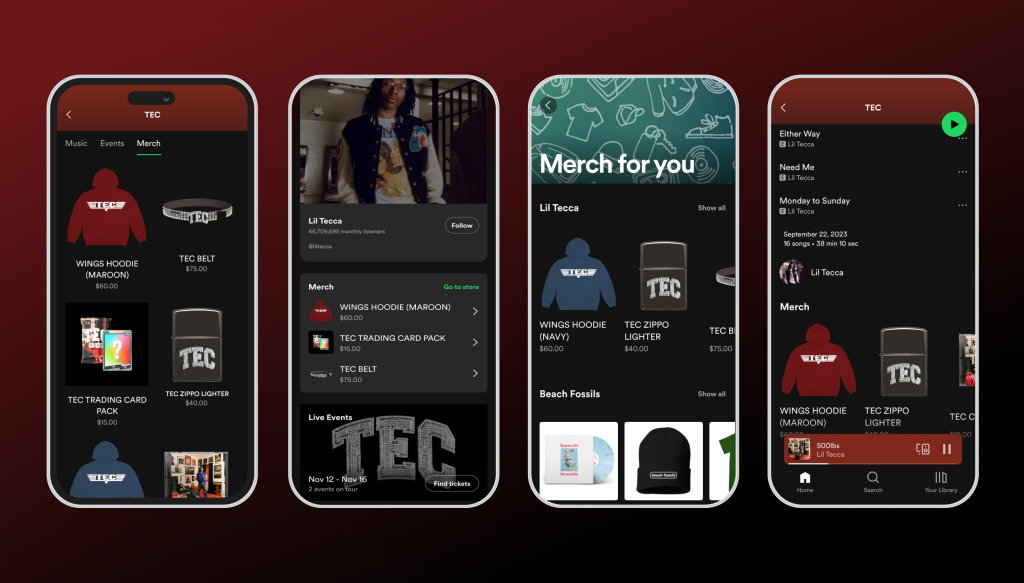
Fans of particular artists receive targeted notifications about new merch drops or exclusive products like limited-edition vinyl records.
By aligning merchandise promotions with users’ musical interests, Spotify increases merchandise sales and deepens fan engagement, creating a seamless experience between music streaming and eCommerce.
Wrapping Up!
To sum up, customer segmentation should be done very carefully as your whole business plan depends upon your target audience only.
In this blog, we have discussed everything related to client segmentation, what is customer segmentation, types of customer segmentation, client segment benefits, and real-life examples of customer segmentation
How profitable is the segmentation of your consumer base? Please share your thoughts with us in the comment below.

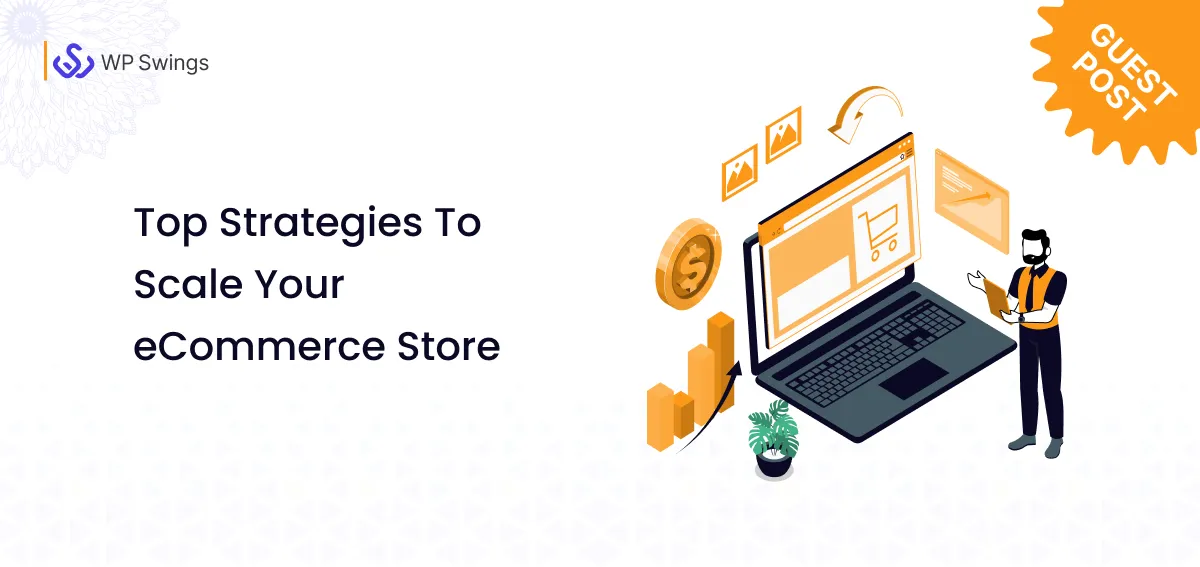
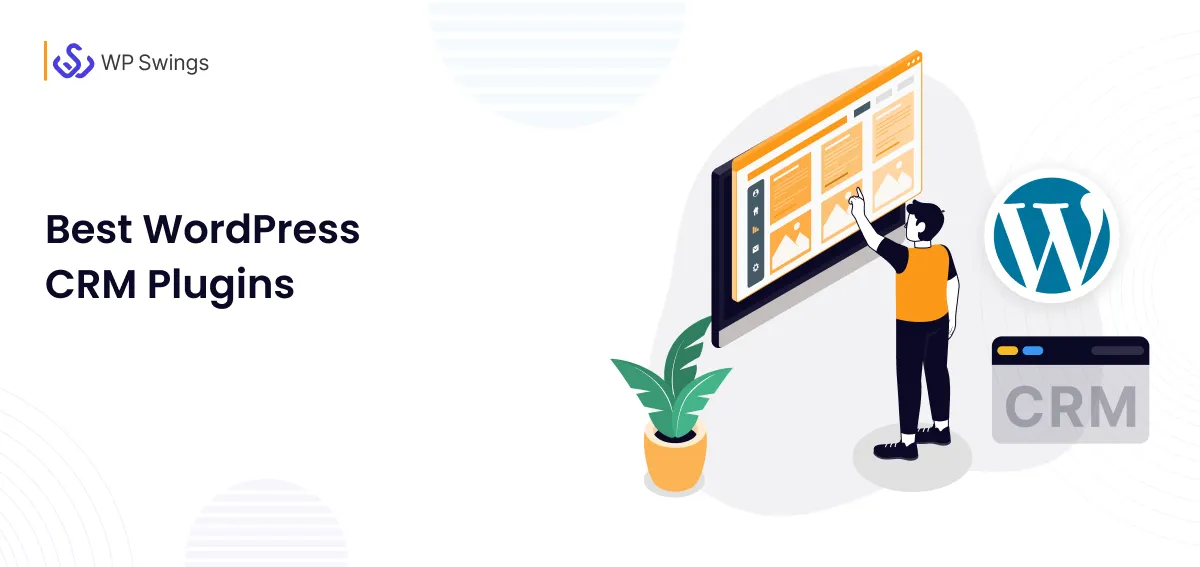
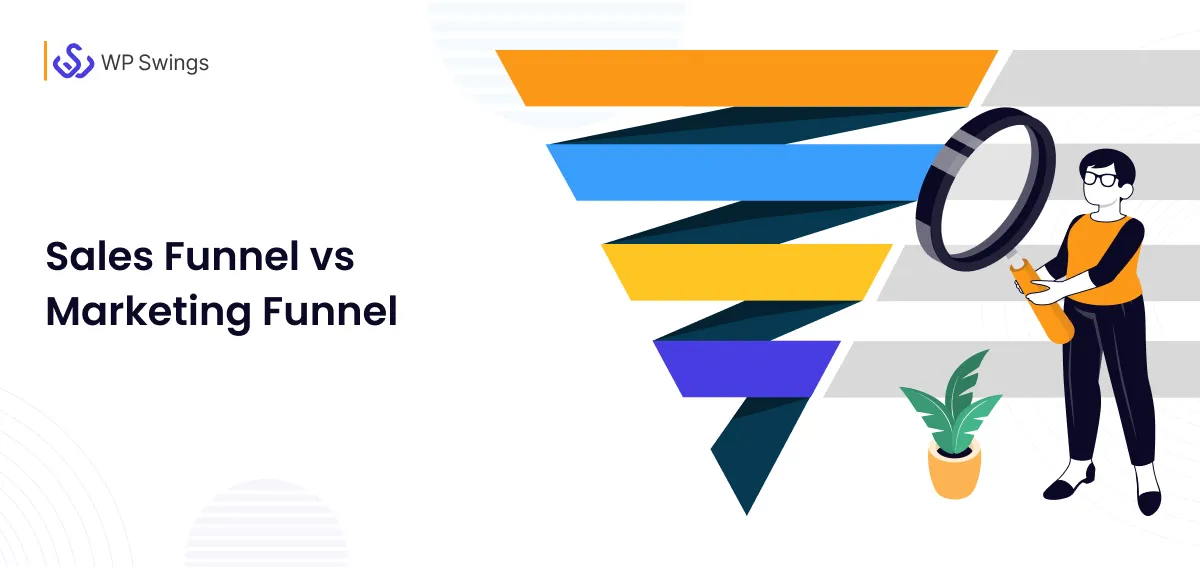
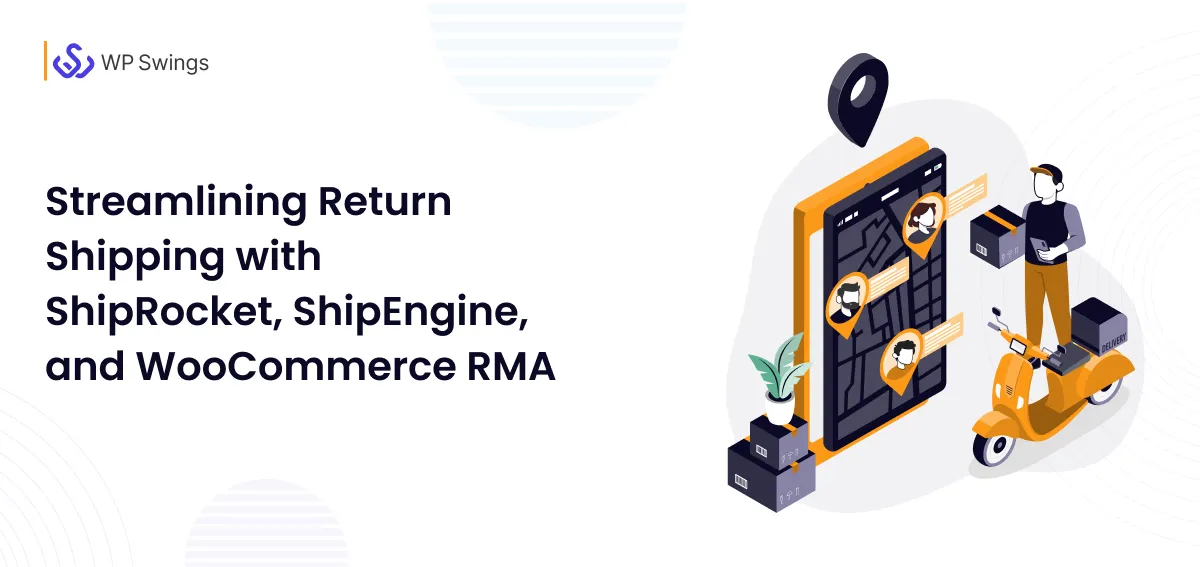



That was highly informative; thank you! What do you think about this article that talks about segmentation in gaming?
Hi Steven,
I’m glad you found the article informative. 😊
This is a general article and, you can apply the information to the gaming niche too. However, I cannot find the link to your article. 😅